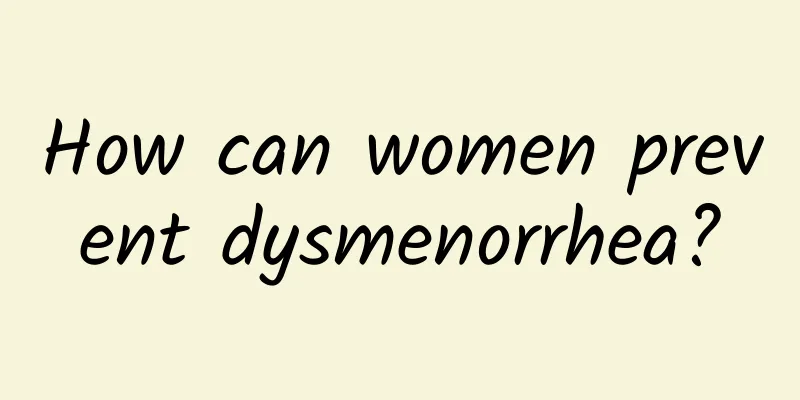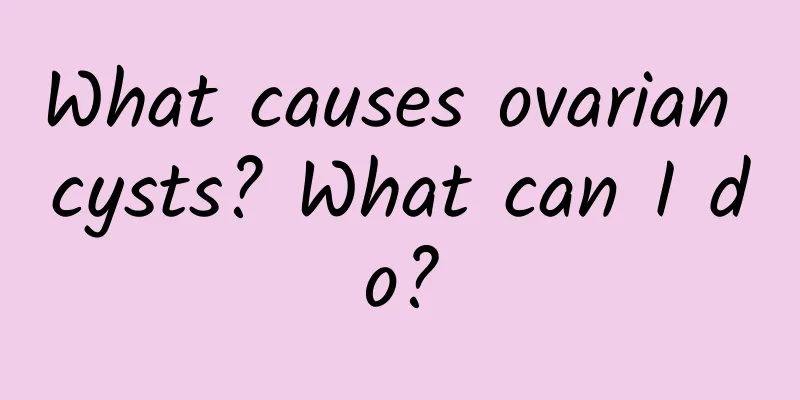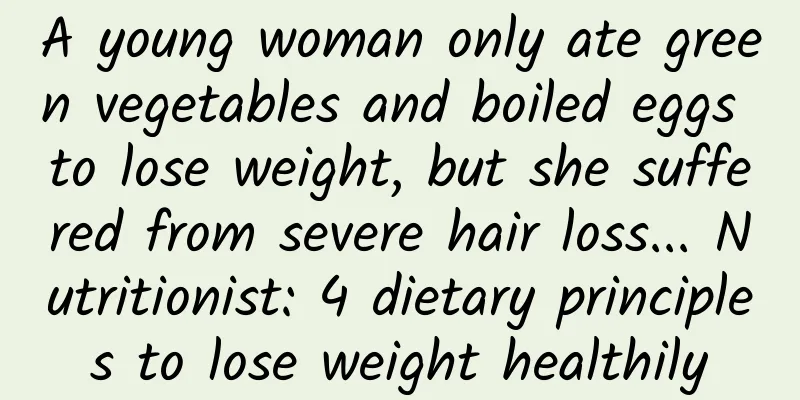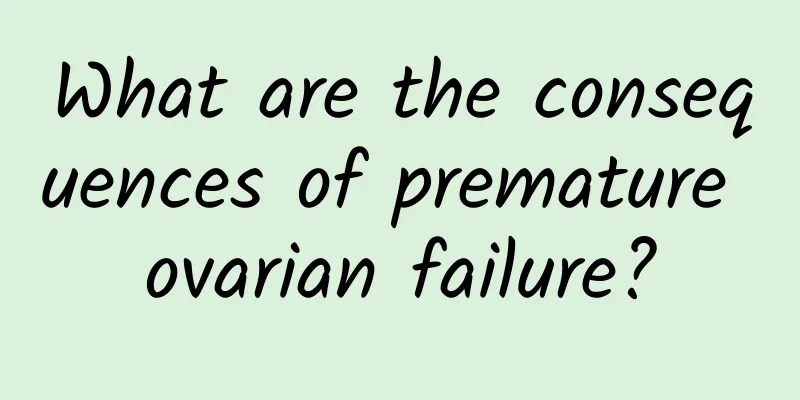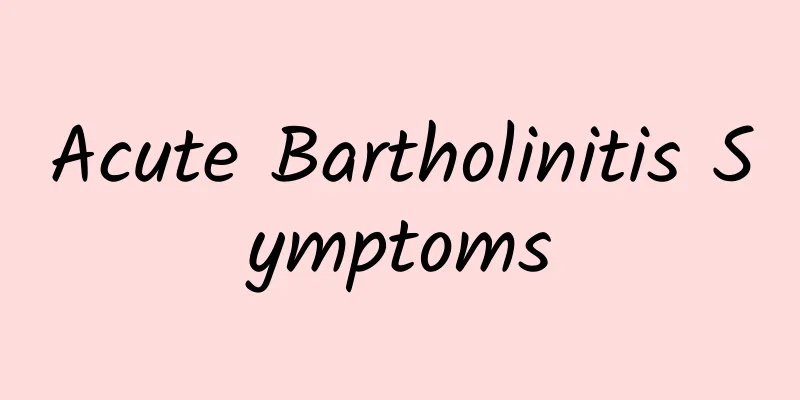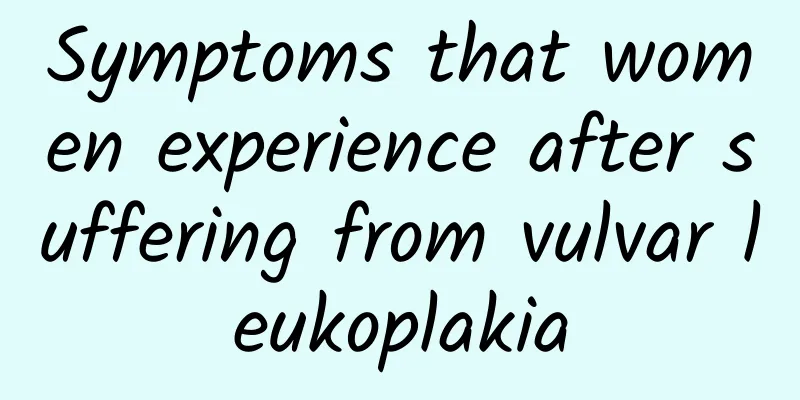What are the types of ovarian cysts?
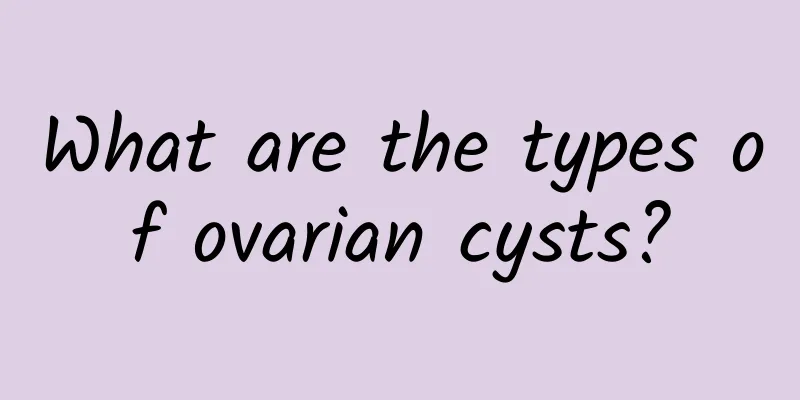
|
What are the types of ovarian cysts? Serous epithelial cysts and mucinous epithelial cysts: Cysts that still exist after three months of observation may be epithelial ovarian cysts rather than functional cysts. This is because serous cells and mucinous cells with secretory functions are buried in the ovaries after ovulation and continuously secrete fluid to form cysts. This type of cyst will not disappear and requires surgical removal. 1. Teratoma: Originated from potentially multifunctional primitive embryonic cells, most of them are benign, but the tendency to be malignant increases with age. The site of occurrence is related to the midline anterior axis or midline paracentral area of the embryonic body cavity, and is more common in the sacral and coccygeal regions, mediastinum, retroperitoneum, and gonadal regions. It will generate hair, teeth, and some oil accumulation in the ovary. Since the teratoma itself will not disappear on its own and may continue to grow, and there is a 15% chance of causing ovarian torsion, it is best to remove it early. Generally speaking, the rate of malignancy is less than one in a thousand. 2. Endometrioid tumor: The surface of the tumor is smooth and is often single-chambered. Its inner wall is composed of a layer of tall columnar epithelium that is very similar to the endometrium. The surrounding connective tissue lacks endometrial stroma, and there is no bleeding inside or outside the cyst. 3. Functional cyst: One of the common ovarian cysts, also known as physiological cysts, this type of cyst is quite common among women of reproductive age. An abnormal amount of fluid accumulates in the follicle or corpus luteum, forming a follicular cyst or corpus luteum cyst. This functional cyst can sometimes be very large, but regardless of whether it is treated with medicine or not, it usually disappears on its own within three months. 4. Hemorrhagic cyst: One of the common gynecological diseases in young women. In most cases, hemorrhagic ovarian cysts will recover, so you can observe first, and it does not necessarily require medication or surgical treatment. But sometimes hemorrhagic ovarian cysts will be combined with intra-abdominal bleeding, and even massive bleeding will cause shock. At this time, emergency surgical treatment is necessary. |
<<: What is the reason for menstruation after menopause?
>>: What is the cause of heavy menstrual bleeding in adenomyosis?
Recommend
How much does abortion surgery cost?
The general reference price for abortion surgery ...
Nursing care of patients with hyperprolactinemia in summer
Hyperprolactinemia seriously affects women's ...
What is the color of HIV menstrual period?
What is the color of HIV menstrual period? 1. The...
Nursing plan for hyperprolactinemia
Many patients with hyperprolactinemia find out th...
How is miscarriage diagnosed?
Advertisements for infertility hospitals are ofte...
How to treat chronic cervicitis? 6 methods to treat chronic cervicitis
The incidence of chronic cervicitis is very slow....
Uterine fibroids quietly "crawl" into the heart
Uterine fibroids, as female readers know, grow in...
Potato chips are so delicious that you can’t stop eating them? Mindfulness training makes losing weight easy
Many people find that the more they eat potato ch...
Diagnosis of chronic adnexitis
For most patients with adnexitis, adnexitis can b...
Causes of abdominal pain after abortion
Many patients experience abdominal pain after abo...
What medicine can eliminate uterine fibroids? What medicine can eliminate uterine fibroids faster and more effectively?
What drugs can eliminate uterine fibroids? This i...
Can’t get rid of lower body fat? Chinese medicine doctor Zhang Wenxin shares 3 secrets to create supermodel legs
Office workers often sit for long periods of time...
Is bacterial vaginosis treatable?
Is bacterial vaginosis easy to cure? The prevalen...
What should a young girl pay attention to after having an abortion?
The current society's sexual attitudes are be...
Early symptoms of cervical precancerous lesions in women
Cervical precancerous lesions refer to lesions th...

